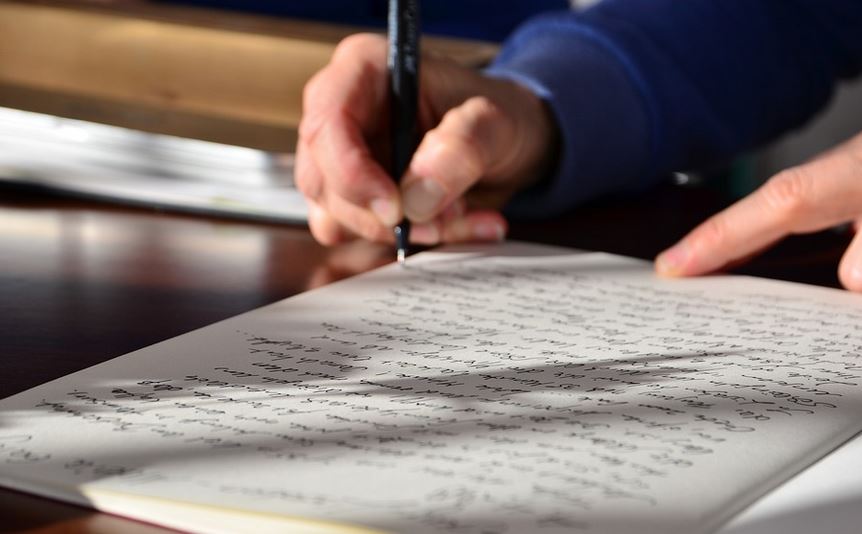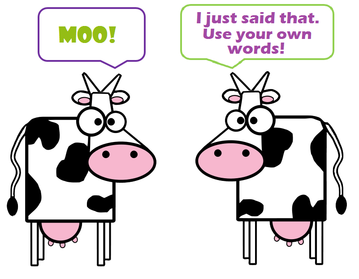4 min read
692 words
When it comes to essay writing, many students put a ton of pressure on themselves trying to get things right but usually end up making the entire process a lot more complex and stressful than it needs to be. From plagiarism to structure, students are frequently concerned and even more perplexed.
It’s not difficult to see why. Even the most attentive student is anxious when strong threats of disciplinary punishment are mixed with the ambiguities and complications of citation. It’s why so many people live with panic attacks during their academic journey.
However, most students can live significantly less to be concerned about their essay writing than they need to be. Overall, if you perform your work honestly, don’t take any unethical shortcuts, and cite to the best of your ability, you should be able to submit an authentic assignment with confidence.
Still, there are many myths about plagiarism that need to be dispelled because adequately citing sources isn’t only about staying out of trouble; it’s also about becoming a better writer.
Myth 1: Citation is a Difficult
Citation can be intimidating for many students, especially those who are new to writing. It can be hard to know what to do and where to start. It’s simple to see why: knowing what to cite, when to cite it, and how to cite it may be challenging, especially when there are three major citation formats used in North America (APA, MLA, and Chicago) and a slew of extra guidelines to learn.
However, technology has made citation much easier, as it has practically everything else. The process for citations is far less awkward since there are plenty of online guides and tools that can help you through the process and can even create the citations on your behalf.
If you’re having trouble with citation, talk to your teacher or tutor first, then devote time to using the digital tools available to you. A little technological know-how can go a long way.
Myth 2: Citation is completed during the editing process

When it comes to citations, many students believe that the best time to add them is while revising or proofreading a work; nevertheless, this leads to overlooked or incomplete citations, which can lead to plagiarism.
Instead, adding citations while writing is the optimum moment to do it. It just makes more sense to do it right after you drop it in, rather than attempting to recall where a statistic or remark originated from afterwards.
Working your citations into your paper as you write not only ensures that all of them are included but also improves the flow of your writing by ensuring that the citations do not get in the way of what you’re trying to say.
Myth #3: Paraphrasing is nothing more than rewriting

One of the most typical questions students have when discussing plagiarism and citation issues is, “How much do I have to change something to make it a paraphrase?”
The answer is that such a sum does not exist. It’s not about editing someone else’s words; it’s about writing an idea or piece of information from another work and presenting it in your own voice.
Reading what you want to paraphrase and then putting it away without looking at it or having it available as you try to explain what you just learned in your own words is the easiest approach to ensure you paraphrase effectively.
When paraphrasing, just the facts and information should survive, not the words from the source text.
Myth 4: All Plagiarism is the Same Everywhere You Go
Plagiarism can take several forms, ranging from purchasing a whole essay online to bad paraphrasing in a little part. Both are technically plagiarized, but their goal and how instructors respond to them are vastly different.
Whereas simple errors and accidents may result in a lower test mark (as would any written mistake), attempting to plagiarise a complete work is likely to result in a considerably harsher disciplinary response.
It is far preferable to make honest errors than to plagiarize with malice. When grading, the distinction between the two is usually clear, and the difference in outcomes is also noticeable.
